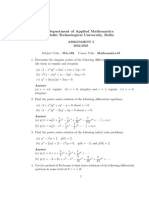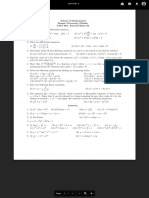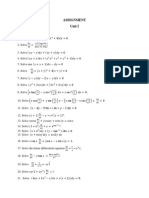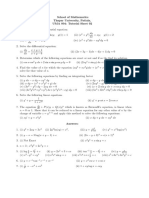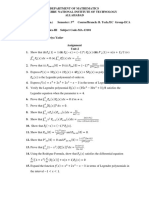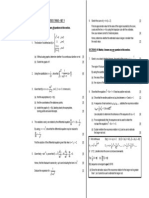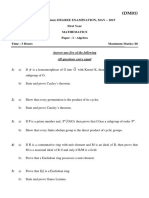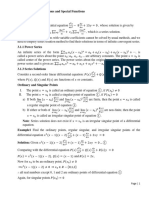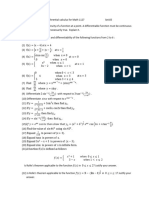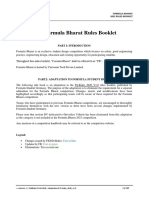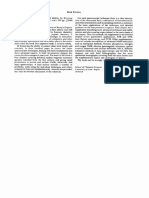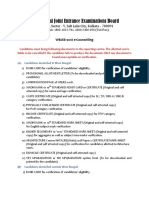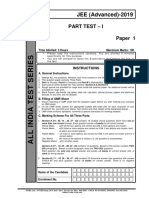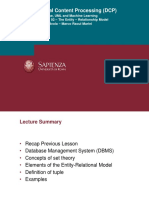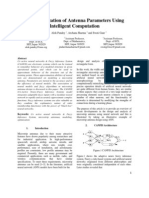0% found this document useful (0 votes)
162 views2 pagesMA107 Tutorial-2
The document contains tutorial problems related to differential equations, power series solutions, Legendre polynomials, Bessel functions, and their properties. It includes determining singular points, finding general solutions in power series form, using the ratio test, expressing expressions in terms of Legendre polynomials, proving identities for Legendre polynomials, deriving recurrence relations for Legendre polynomials and Bessel functions, writing solutions to differential equations in terms of Bessel functions, and evaluating integrals involving Bessel functions.
Uploaded by
ayushCopyright
© © All Rights Reserved
We take content rights seriously. If you suspect this is your content, claim it here.
Available Formats
Download as PDF, TXT or read online on Scribd
0% found this document useful (0 votes)
162 views2 pagesMA107 Tutorial-2
The document contains tutorial problems related to differential equations, power series solutions, Legendre polynomials, Bessel functions, and their properties. It includes determining singular points, finding general solutions in power series form, using the ratio test, expressing expressions in terms of Legendre polynomials, proving identities for Legendre polynomials, deriving recurrence relations for Legendre polynomials and Bessel functions, writing solutions to differential equations in terms of Bessel functions, and evaluating integrals involving Bessel functions.
Uploaded by
ayushCopyright
© © All Rights Reserved
We take content rights seriously. If you suspect this is your content, claim it here.
Available Formats
Download as PDF, TXT or read online on Scribd
/ 2





